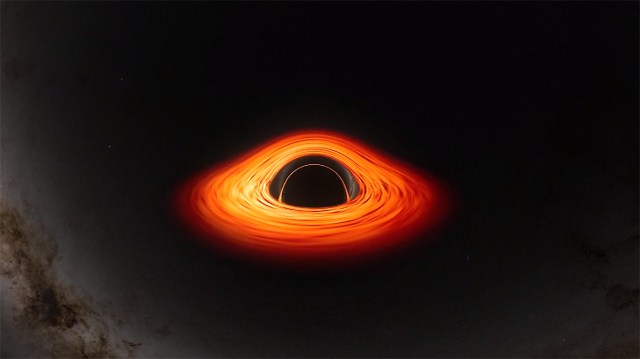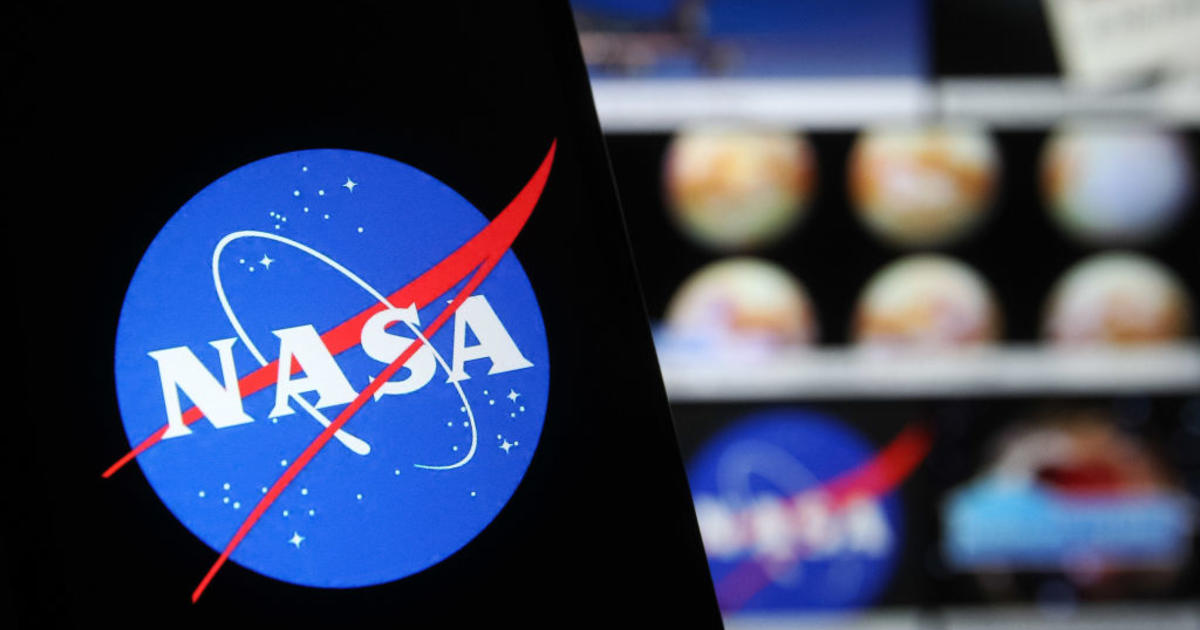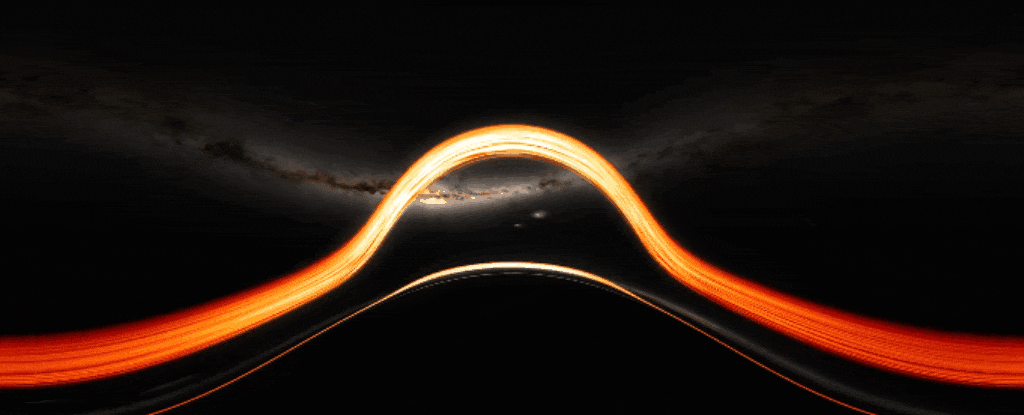
In recent scientific advancements, NASA has released immersive visualizations of what it would be like to fall into a black hole. These simulations were produced on NASA's supercomputers and have generated significant interest in the scientific community and beyond.
According to reports, two different scenarios were simulated: one where a camera or astronaut just misses the event horizon and is slingshotted back out, and another where it crosses the boundary, sealing its fate. The simulations have generated about 10 terabytes of data each and took approximately 5 days to run on just 0.3% of Discover's processors.
As one approaches a black hole, space-time becomes increasingly distorted closer to the horizon. Images appear brighter and whiter when looking into the direction of travel. The event horizon is about 16 million miles wide for a supermassive black hole like the one at the center of our Milky Way galaxy.
The simulations show that as an object falls towards a black hole, it experiences dramatic distortions in space-time. Stars and gas appear significantly warped, and light from these objects becomes brighter and brighter as the object gets closer to the event horizon. It takes about 3 hours for an observer to fall to the event horizon in real time, but from a distant perspective, it would never quite reach it.
If an object crosses the event horizon, it undergoes a process called spaghettification. The intense gravitational forces near the black hole pull on the object so strongly that it gets stretched and torn apart within seconds. This occurs as the object speeds towards the black hole's core, where there is a point of unimaginable density called the singularity.
However, if an object orbits close to the event horizon but does not cross it, time will start acting strangely. It will stretch or dilate. For an astronaut on the object, time ticks away as usual. But for observers far away, time appears to slow down significantly.
These simulations provide valuable insights into the behavior of black holes and their event horizons, shedding light on this fascinating and mysterious phenomenon in our universe.



